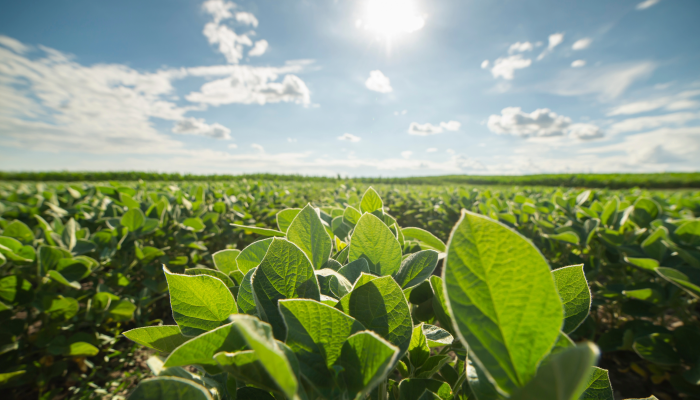Precision Ag Advancements
Recent precision technology advancements are making farming more profitable and more sustainable. While the district doesn’t want to be seen as promoting individual businesses, there are two innovations that are bringing greater nitrogen and irrigation efficiency to producers that we think are worth mentioning: autonomous watering and fertilizer systems, and sensor-based nitrogen prescriptions. While it’s the practice and technology we hope to promote, currently each of these advancements are available only through individual companies. Both utilize chemigation (see page 6) to provide site-specific application of water and nutrients, reducing the amount of runoff and leaching. This means a cost savings through using less inputs, as well as increased yields, as optimizing fertilizer and irrigation applications leads to healthier crops. These technologies also protect water quality and quantity in the district.
Sensor-Based Nitrogen Prescriptions
By Curt Arens, Editor, Nebraska Farmer (From "Fertigation takes a step forward" used with permission; see the original article here)
What if someone told you that you could boost your nitrogen efficiency by 25% and save up to 43 pounds of nitrogen per acre?
Would you be all in?
With soaring input costs, including fertilizer, along with continuing concerns about high nitrates in groundwater, most farmers would at least be willing to investigate such claims and how they can get into the act.
Thanks to testing conducted recently on farms through the Nebraska On-Farm Research Network, results have shown that sensor-based fertigation systems may offer the tools to accomplish that kind of nitrogen efficiency, compared to more conventional means of feeding the crop in-season.
Using canopy crop image data captured weekly with drones, the sensor-based tool develops a prescription to apply nitrogen fertilizer in-season at a rate that the crop needs. No more. No less.
“This program using aerial drone imagery of the crop canopy and sophisticated diagnostics to predict weekly crop nitrogen needs is the first of its kind and will rapidly become the standard as we go forward,” says Nick Lammers, Precision Agronomy Solutions agronomist. “Then having the ability to plug that prescription into an already existing irrigation system to efficiently deliver prescribed nitrogen rates throughout the field makes the future even brighter for this technology.”
This kind of in-season application of both nutrients and water has a proven, successful track record. “We’ve had the technology to measure soil water and provide constant timely irrigation recommendations for several years now,” Lammers says. “What we’ve been missing is a way to measure the crops’ need for nitrogen as the season progresses.”
You can see a demonstration of this technology at an upcoming event: Sunset Seminars.
Autonomous Irrigation and Fertigation
Through the years, irrigation has seen significant progress, from digging ditches and laying pipes to using center pivots. Farmers have worked tirelessly to maximize their water resources. Now, with the introduction of autonomous irrigation systems, precision irrigation has taken another leap forward. This technology empowers producers with greater control over water distribution, nitrogen application, manure management, and more. Such systems enable fully autonomous watering of entire fields, 24 hours a day, 7 days a week. This ensures a consistent and timely delivery of water and nutrients directly to crops.
One of the key benefits of using this system is the ability to apply nitrogen in smaller, more precise amounts, rather than front-loading it prior to the growing season. Livestock producers can also utilize the machine to efficiently distribute manure. This flexibility allows producers to better manage their operations by applying fertilizer at lower rates throughout the entire irrigation season.
This system is adaptable to various field shapes and dramatically increases water accessibility while using up to 75% less water than traditional pivot systems. The autonomous watering machine follows the paths created by the planter and can navigate wherever the planter goes. Water and nutrients are applied in a concentrated 15-inch band over the root zone, reducing waste. This machine can be monitored and controlled from an app on a smartphone. One farmer noted that operating this system resulted in a 39% reduction in electricity consumption compared to his pivot system.

